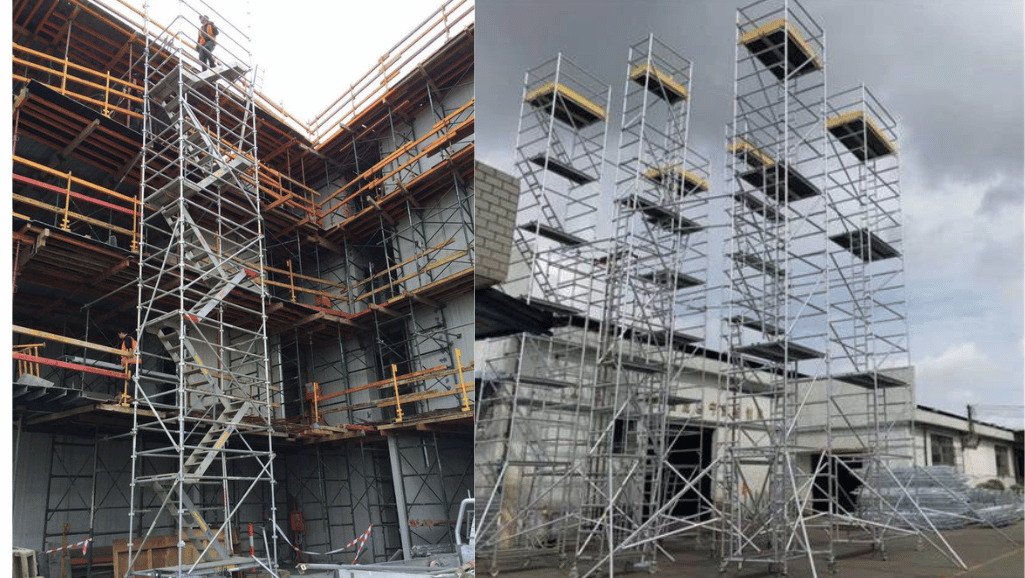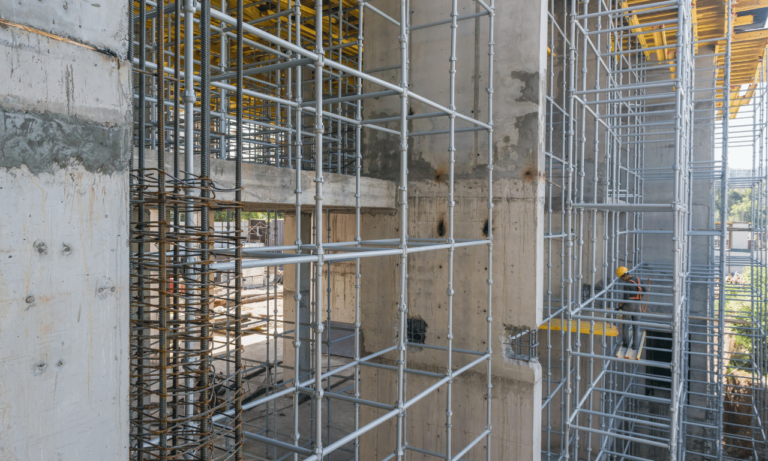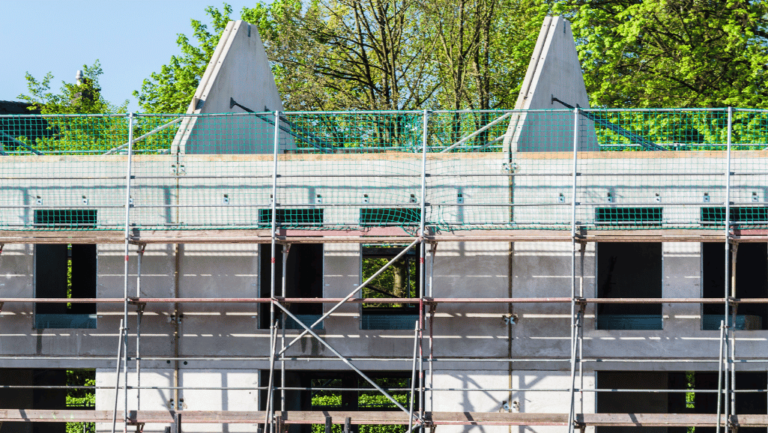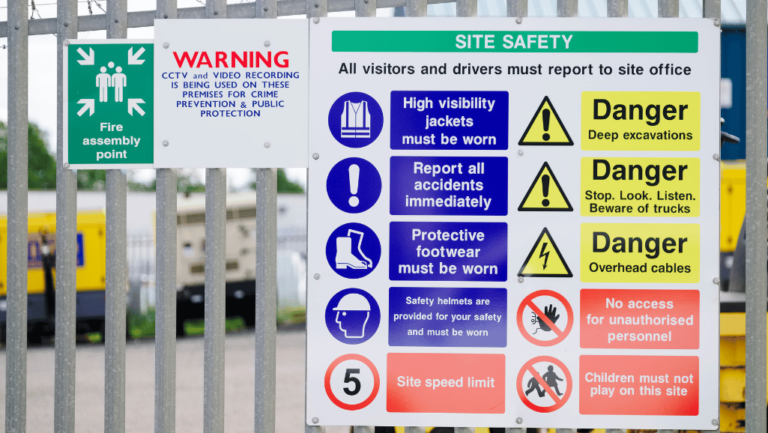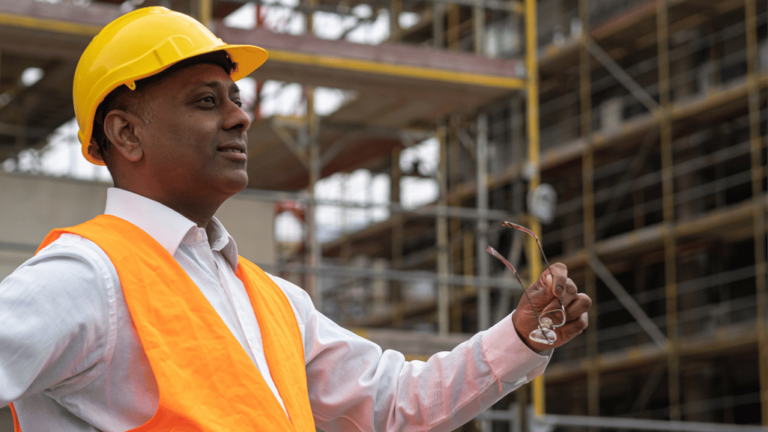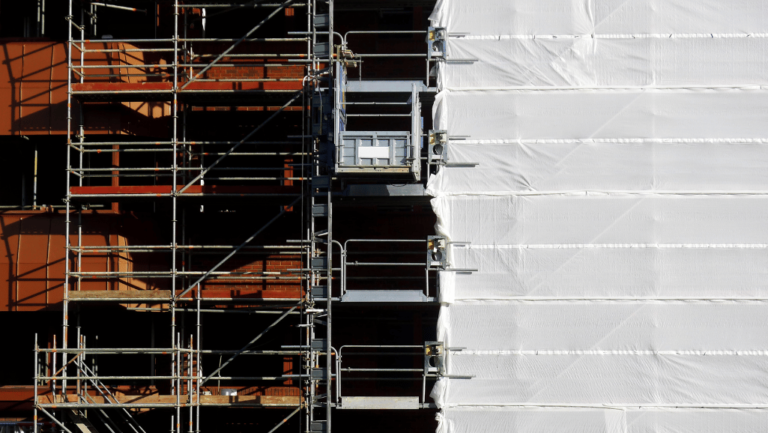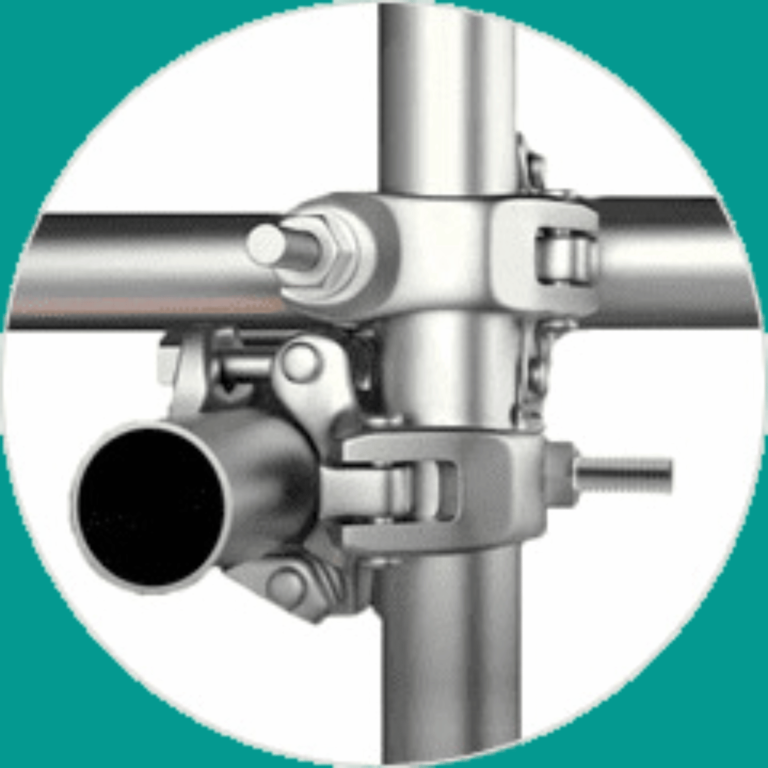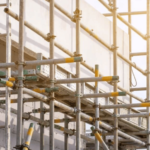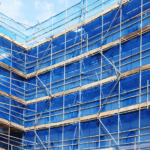Phone:
(+65)8319-0742
When it comes to construction projects, scaffold towers play a crucial role in providing a safe and efficient working environment for workers. However, not all scaffold towers are created equal. There are distinct differences between static and mobile scaffold towers, and understanding these differences is essential for choosing the right type for your project.
Key Takeaways:
- Static and mobile scaffold towers are two commonly used types of scaffold towers in construction.
- Static scaffold towers are designed for stability and durability, making them ideal for long-term projects.
- Mobile scaffold towers offer mobility and flexibility, making them suitable for projects that require frequent repositioning.
- Consider specific project requirements, such as working height and weight capacity, when choosing between static and mobile scaffold towers.
- Assess quality, durability, and customer reviews of scaffold tower brands before making a purchase decision.
Understanding Static Scaffold Towers
Static scaffold towers are a fundamental component in the construction industry, providing workers with a stable and secure platform to perform their tasks. These towers are designed to withstand heavy-duty use and offer long-term stability, making them a reliable choice for various construction projects. Ensuring proper safety and training when using a tower scaffold is crucial to prevent accidents and injuries.
Constructed using a rigid framework, static scaffold towers are built to be stationary and immovable during operations. They are typically equipped with stabilizers that firmly secure the tower in place, ensuring maximum stability for workers at elevated heights. The stability and inspection of the access ladder are also critical to maintaining overall safety.
Key Features of Static Scaffold Towers:
- Durable and robust construction
- Stationary and stable design
- High weight capacity
- Securely anchored with stabilizers
- Designed for long-term use
Static scaffold towers are often preferred for projects that require workers to perform tasks at consistent heights for extended periods. These towers are commonly used in construction, renovation, and maintenance projects, providing workers with a safe and reliable platform to carry out their work efficiently. Proper erection, use, and inspection of tower scaffolds play a significant role in preventing fall-related injuries.
| Scaffold Tower Type | Key Features |
|---|---|
| Static Scaffold Towers |
|
| Mobile Scaffold Towers |
|
When selecting a static scaffold tower, it is important to consider the specifications and features provided by different brands. Some of the well-known and durable scaffold tower brands in the market include Brand A, Brand B, and Brand C
Exploring Mobile Scaffold Towers
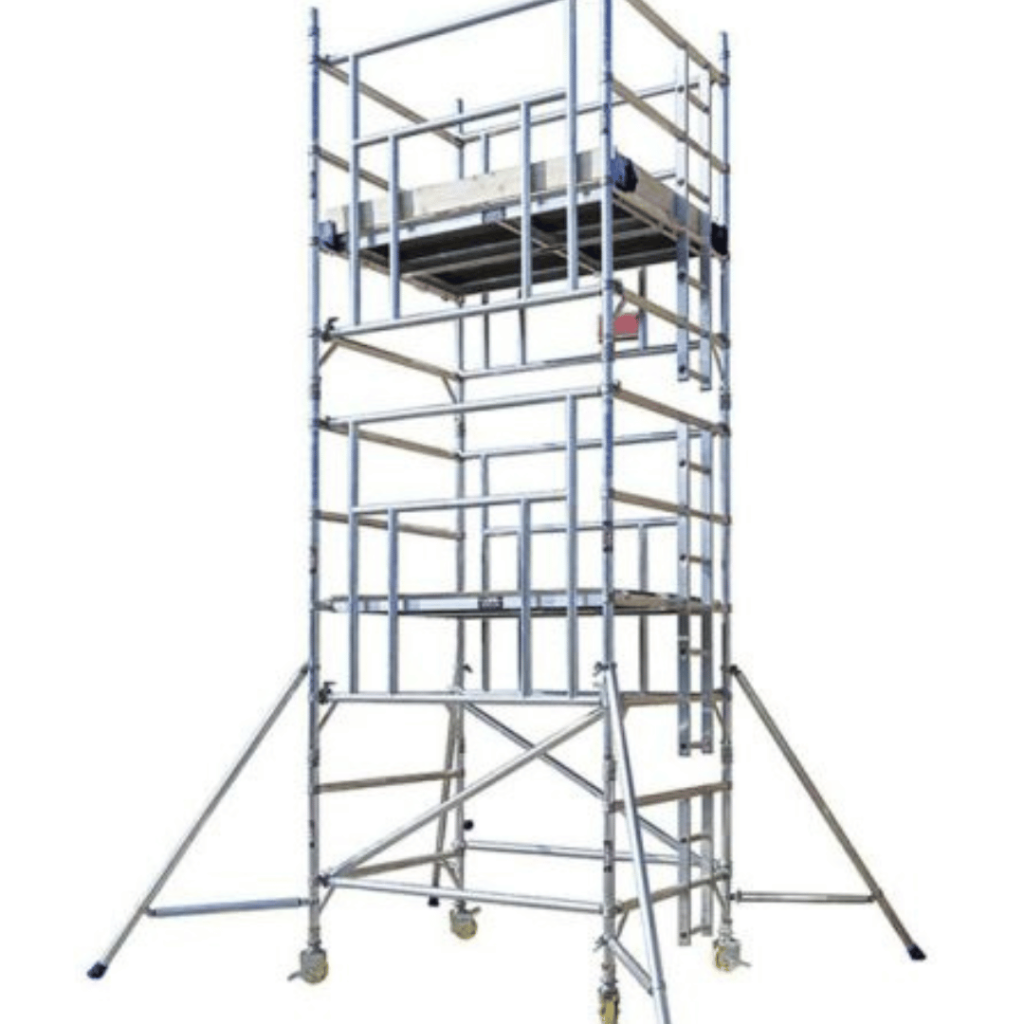
Mobile scaffold towers are a versatile solution for construction projects that require frequent changes in location or access to multiple areas of a site. As the name suggests, these towers are designed to be easily movable, providing flexibility and convenience for workers.
One of the key features of mobile scaffold towers is their mobility. These towers are equipped with wheels or casters, allowing workers to effortlessly reposition the scaffold as needed. Whether it’s moving to a different area of the construction site or adjusting the height for specific tasks, mobile scaffold towers offer the convenience of on-site maneuverability.
The mobility of these towers is particularly beneficial for projects that involve working in different locations or accessing hard-to-reach areas. Instead of having to set up multiple static scaffold towers, workers can simply move the mobile scaffold tower to the desired location, saving time and effort. This makes mobile scaffold towers an efficient choice for projects that require adaptability and quick adjustments.
Mobile scaffold towers also provide effective access solutions for construction sites. They enable workers to reach various heights safely and efficiently, thanks to their adjustable platforms and guardrails. These towers offer a stable and secure working platform, ensuring the safety of workers while they perform their tasks at elevated heights.
When it comes to selecting the right scaffold tower for your project, considering the mobility and access requirements is crucial. Mobile scaffold towers are a suitable choice for projects that demand frequent changes in location, multiple access points, and on-site maneuverability.
Advantages of Mobile Scaffold Towers:
- Easy mobility and repositioning
- On-site maneuverability
- Efficient access to different areas
- Adjustable platforms and guardrails for safe work
Overall, mobile scaffold towers offer a practical solution for construction projects that require flexibility and mobility. By providing easy access to different areas and the ability to move around the site, these towers enhance productivity and ensure a safe working environment.
Key Differences between Static and Mobile Scaffold Towers
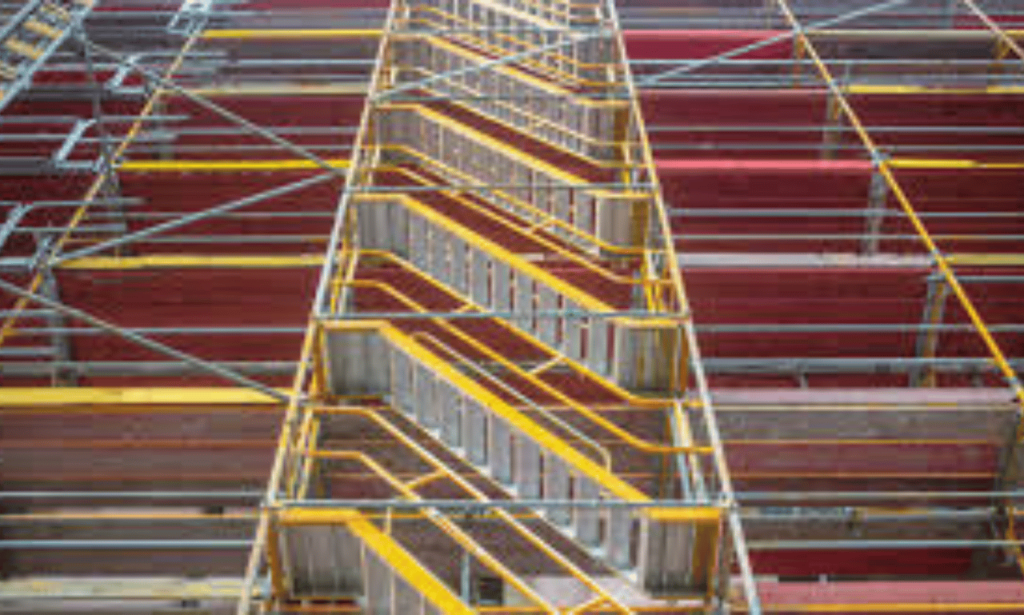
What is a Scaffold Tower?
A scaffold tower is an elevated platform designed to provide a safe and stable working surface for various tasks that require working at height. These versatile structures are essential in construction, maintenance, and other industrial settings. Scaffold towers are commonly used on construction sites, in industrial facilities, and even in residential areas for tasks like painting, repairs, and installations.
Typically, scaffold towers are composed of interconnected frames, platforms, and guard rails. The frames provide the structural support, while the platforms offer a stable surface for workers to stand on. Guard rails are crucial for safety, preventing falls and ensuring a secure working environment. Whether you’re working on a high-rise building or a home renovation project, scaffold towers are indispensable tools that enhance both safety and efficiency.
Types of Scaffold Towers
Scaffold towers come in two main types: static scaffold towers and mobile scaffold towers. Each type serves different purposes and is suited for specific project requirements.
Static scaffold towers are designed to remain stationary once erected. They are ideal for long-term projects that require a stable and secure working platform. These towers are often used in construction, renovation, and maintenance tasks where workers need to perform tasks at consistent heights for extended periods.
Mobile scaffold towers, on the other hand, are designed for flexibility and ease of movement. Equipped with wheels or casters, these towers can be easily repositioned, making them perfect for projects that require frequent changes in location. Mobile scaffold towers are a versatile solution for construction sites where access to multiple areas is necessary, saving time and effort by eliminating the need to set up multiple static towers.
Key Differences Between Static and Mobile Scaffold Towers
While both static and mobile scaffold towers provide elevated work platforms, they have several key differences that make them suitable for different types of projects.
Static scaffold towers are typically larger and more stable, offering higher working heights and greater weight capacity. Their rigid framework and secure stabilizers make them ideal for projects that demand a high level of stability and security. These towers are perfect for tasks that require a stable platform for extended periods, such as heavy-duty construction and maintenance tasks.
In contrast, mobile scaffold towers are smaller and more maneuverable. Their wheels or casters allow for easy transportation and repositioning, making them ideal for projects that require frequent changes in location. Mobile scaffold towers are better suited for tasks that involve accessing multiple areas of a job site, providing a versatile solution for dynamic construction environments.
Safety Considerations for Scaffold Towers
Safety is paramount when using scaffold towers, and several considerations must be taken into account to ensure a secure working environment. First and foremost, scaffold towers should be erected and dismantled by trained and competent individuals who understand the manufacturer’s instructions and safety guidelines.
Regular inspections are crucial to ensure that the scaffold tower is in good working condition and that all components are intact. This includes checking the stability of the structure, the condition of the platforms, and the integrity of the guard rails. Proper securing of the scaffold tower is also essential to prevent accidents, and all users should be aware of potential hazards and take necessary precautions, such as using safety harnesses and following safety tips.
Choosing the Right Scaffold Tower
Selecting the right scaffold tower for your construction project involves careful consideration of several factors. The type of project and the required level of stability and security are primary considerations. Static scaffold towers are ideal for projects that need a high level of stability and security, while mobile scaffold towers are better suited for projects that require frequent repositioning.
Other factors to consider include the weight capacity and size of the scaffold tower, as well as the level of maintenance and inspection required. Evaluating different brands and their offerings can also help in choosing the right scaffold tower. Prefabricated access suppliers provide a range of options, and reading scaffold tower reviews can offer valuable insights into the performance and reliability of different models.
By considering these factors and selecting the right scaffold tower for the job, construction professionals can ensure a safe and successful project, whether it involves static towers for long-term stability or mobile towers for enhanced flexibility.
While both static and mobile scaffold towers serve the purpose of providing elevated work platforms, there are several key differences between the two. Understanding these distinctions will help you determine which type of scaffold tower is the best fit for your construction project.
Static Scaffold Towers:
Static scaffold towers are typically larger and more stable than their mobile counterparts. These towers are designed for projects that require height and stability, offering higher working heights and a greater weight capacity. The rigid framework of static scaffold towers provides a secure and sturdy platform for workers to perform tasks at elevated levels. Popular brands known for their durable static scaffold towers include Brand X and Brand Y
Mobile Scaffold Towers:
Mobile scaffold towers, on the other hand, are smaller and more maneuverable. These towers are designed to be easily transported and repositioned, making them ideal for projects that require flexibility and frequent changes in location. Mobile scaffold towers often feature wheels or casters, allowing workers to move and adjust the tower as needed. When it comes to mobile scaffold towers, Brand A and Brand B offer reliable and versatile options.
Key Differences at a Glance:
| Aspect | Static Scaffold Towers | Mobile Scaffold Towers |
|---|---|---|
| Size | Larger | Smaller |
| Stability | More stable | Less stable |
| Working Heights | Higher | Lower |
| Weight Capacity | Higher | Lower |
| Maneuverability | Not easily movable | Easily movable |
The table above provides a quick summary of the main differences between static and mobile scaffold towers. Considering these factors along with your project requirements and budget will help you make an informed decision when selecting the appropriate scaffold tower for your needs.
To get further insights on scaffold tower specifications and adjustable scaffold tower prices, refer to the manufacturer specifications and consult with reputable suppliers in your area. Remember that safety is paramount in construction projects, so it’s crucial to choose a scaffold tower that meets all necessary safety standards.
Factors to Consider When Choosing a Scaffold Tower
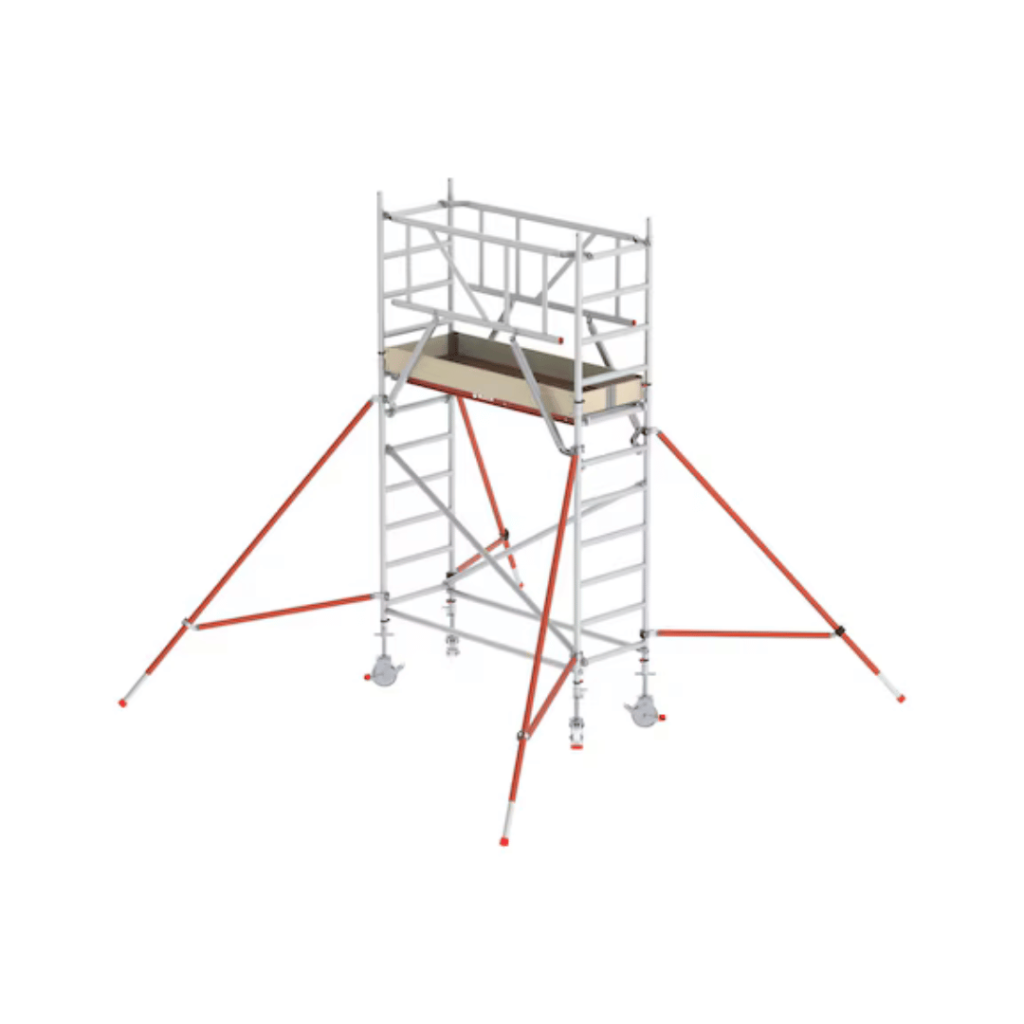
When it comes to selecting the right scaffold tower for your construction project, there are several factors that you should carefully consider. By evaluating these factors, you can ensure that you choose a scaffold tower that meets your specific requirements and provides the performance and durability you need. Here are some key considerations to keep in mind:
1. Working Height and Weight Capacity
The first factor to consider is the desired working height and weight capacity of the scaffold tower. Static and mobile scaffold towers come in various sizes and configurations, each with its own specific limits. Determine the maximum height you need to reach and the weight of the materials and workers that will be supported by the tower. This information will help you choose a scaffold tower that can safely accommodate your project requirements.
2. Quality and Durability
Another important aspect to evaluate is the quality and durability of different scaffold tower brands. Investing in a well-built scaffold tower from a reputable manufacturer ensures longevity and safety on the job site. Look for brands with a solid reputation for producing high-quality, reliable scaffold towers that comply with industry standards and regulations.
3. Scaffold Tower Reviews
Before making a purchasing decision, take the time to read scaffold tower reviews. These reviews provide valuable insights from other professionals in the construction industry who have firsthand experience with various scaffold towers. Look for reviews that discuss the performance, reliability, and ease of use of different scaffold tower models. This information can help you make an informed decision and gain confidence in your choice.
4. Price Comparison
Price is also an important consideration when buying a scaffold tower. Compare prices across different retailers and manufacturers to ensure you are getting the best value for your investment. However, remember that quality and safety should always take precedence over price alone. It’s worth paying a bit more for a scaffold tower that meets your needs and provides the necessary level of durability and stability.
By considering these factors – working height and weight capacity, quality and durability, scaffold tower reviews, and price comparison – you can make an informed decision when purchasing a scaffold tower online. Take the time to research and evaluate your options, ensuring that the scaffold tower you choose is the best fit for your project requirements and will provide a safe and efficient elevated work platform for your team.
| Factor | Consideration |
|---|---|
| Working Height and Weight Capacity | Determine the maximum height and weight capacity needed for your project. |
| Quality and Durability | Choose a scaffold tower from a reputable manufacturer known for producing high-quality and durable products. |
| Scaffold Tower Reviews | Read reviews from professionals in the construction industry to gain insights into the performance and reliability of different scaffold tower models. |
| Price Comparison | Compare prices across retailers and manufacturers to ensure you get the best value for your investment. |
Conclusion
In conclusion, both static and mobile scaffold towers offer unique advantages and are suited for different construction scenarios. When choosing between the two, it is essential to assess your project’s specific needs and consider factors such as stability, mobility, and weight capacity. This evaluation will help you determine the type of scaffold tower that best fits your requirements.
If you require long-term stability and heavy-duty use, a static scaffold tower is an excellent choice. Its durable framework and secure stabilizers provide a stable and stationary platform for workers. On the other hand, if your project demands frequent repositioning or access to multiple areas, a mobile scaffold tower is the perfect solution. With wheels or casters, it offers enhanced flexibility and easy transportation.
Regardless of which type you choose, safety and efficiency should always be your top priorities. Prioritizing safety measures and implementing industry best practices will lead to successful construction projects. Whether you need a static scaffold tower for long-term stability or a mobile scaffold tower for enhanced flexibility, making the right choice will contribute to a smooth and productive construction process.
FAQ
What are the key differences between static and mobile scaffold towers?
Static scaffold towers are designed to provide a stable and stationary platform, while mobile scaffold towers are easily movable and feature wheels or casters for easy repositioning.
What are static scaffold towers?
Static scaffold towers are built using a rigid framework and are secured in place using stabilizers. They are known for their durability and are suitable for projects that require long-term stability and heavy-duty use.
What are mobile scaffold towers?
Mobile scaffold towers are designed to be easily movable, featuring wheels or casters for easy repositioning. They are convenient for projects that require frequent changes in location or when multiple areas of a site need to be accessed.
What are the key differences between static and mobile scaffold towers?
Static scaffold towers are typically larger and more stable, offering higher working heights and weight capacities. Mobile scaffold towers are smaller and more maneuverable, making them ideal for projects that require flexibility and easy transportation.
What factors should I consider when choosing a scaffold tower?
When choosing a scaffold tower, consider factors such as the specific requirements of your project, including the desired working height and weight capacity. It’s also important to evaluate the quality and durability of different scaffold tower brands. Reading scaffold tower reviews and comparing prices can also help you make an informed decision when purchasing online.

